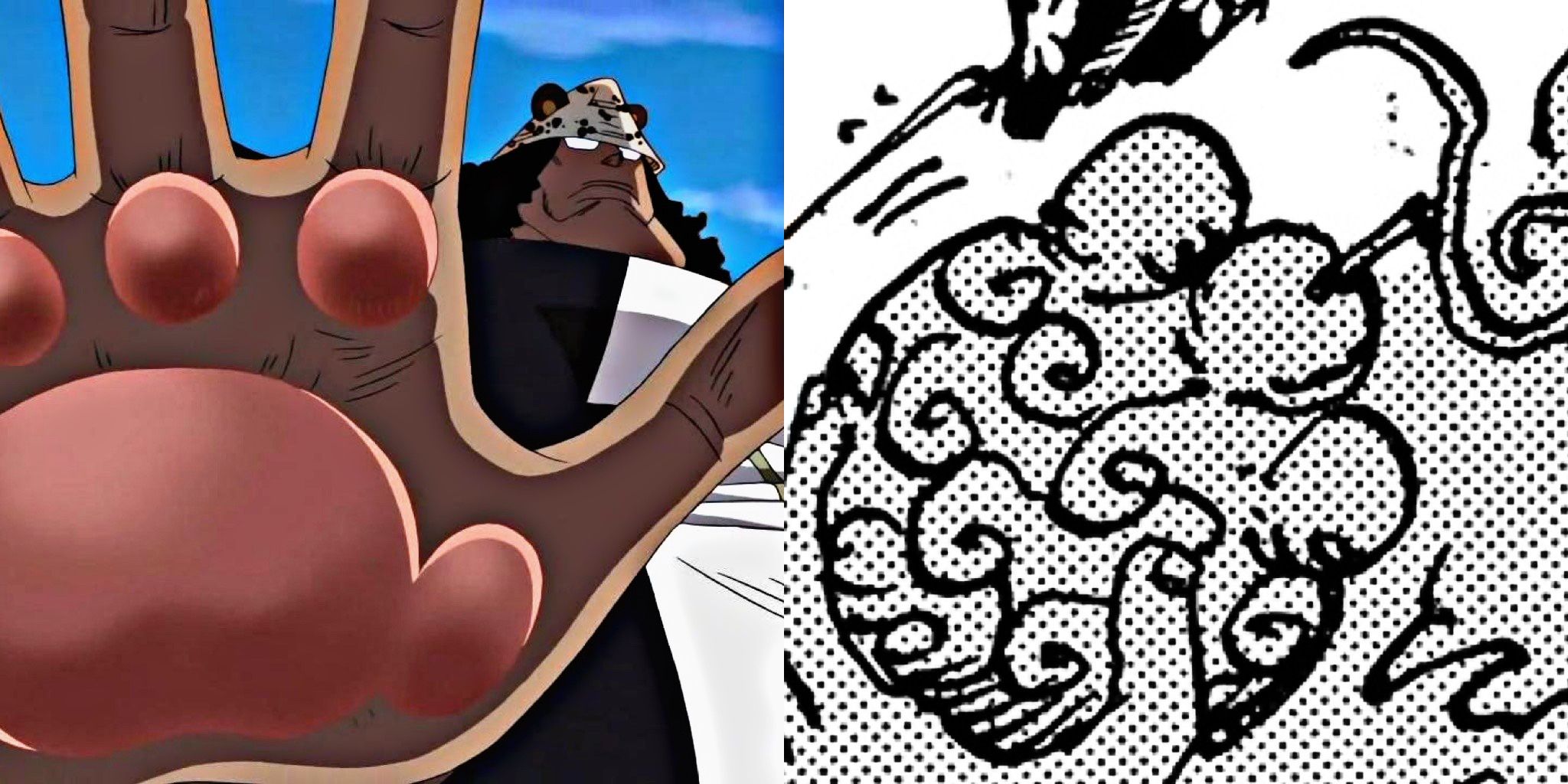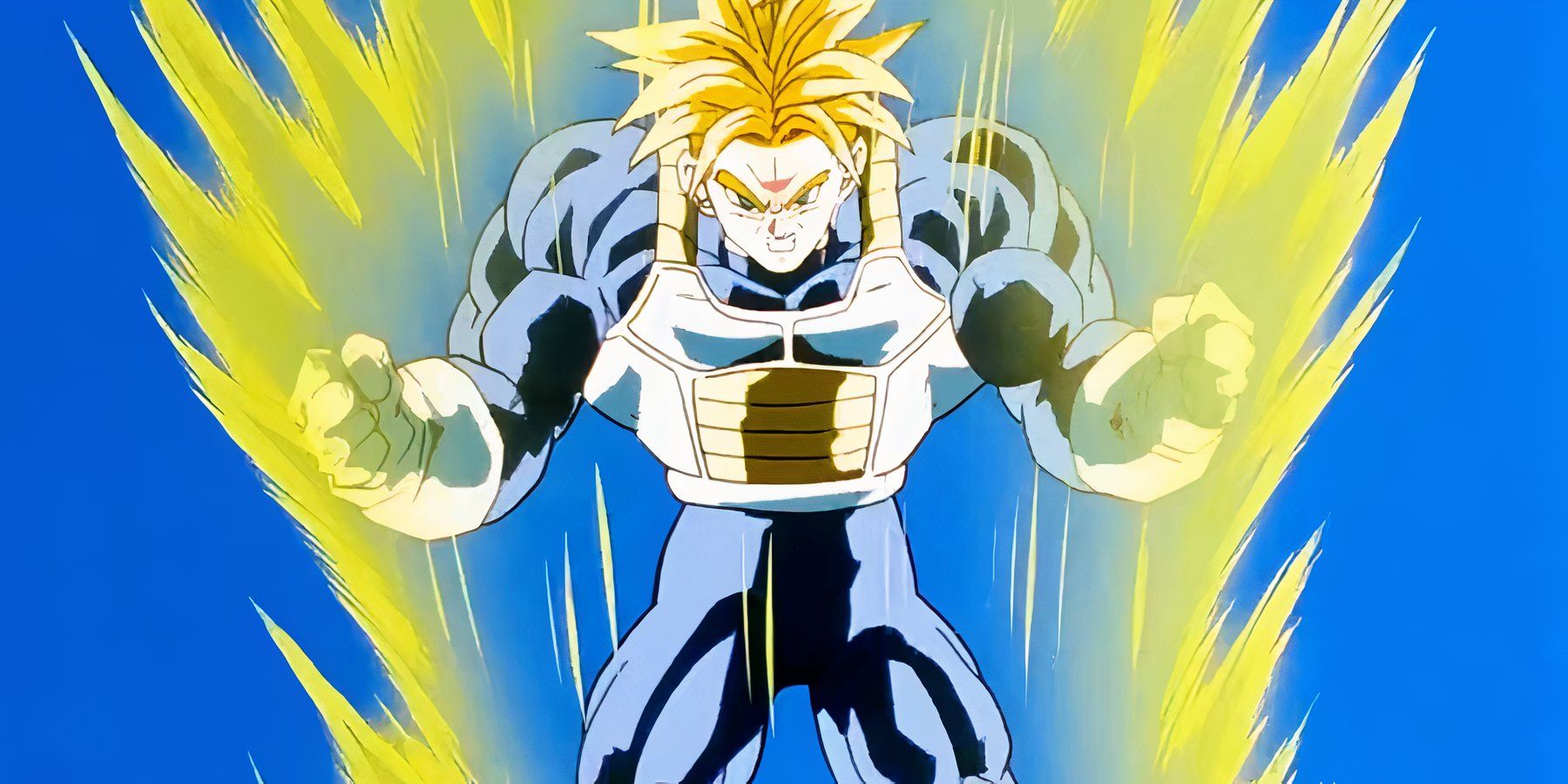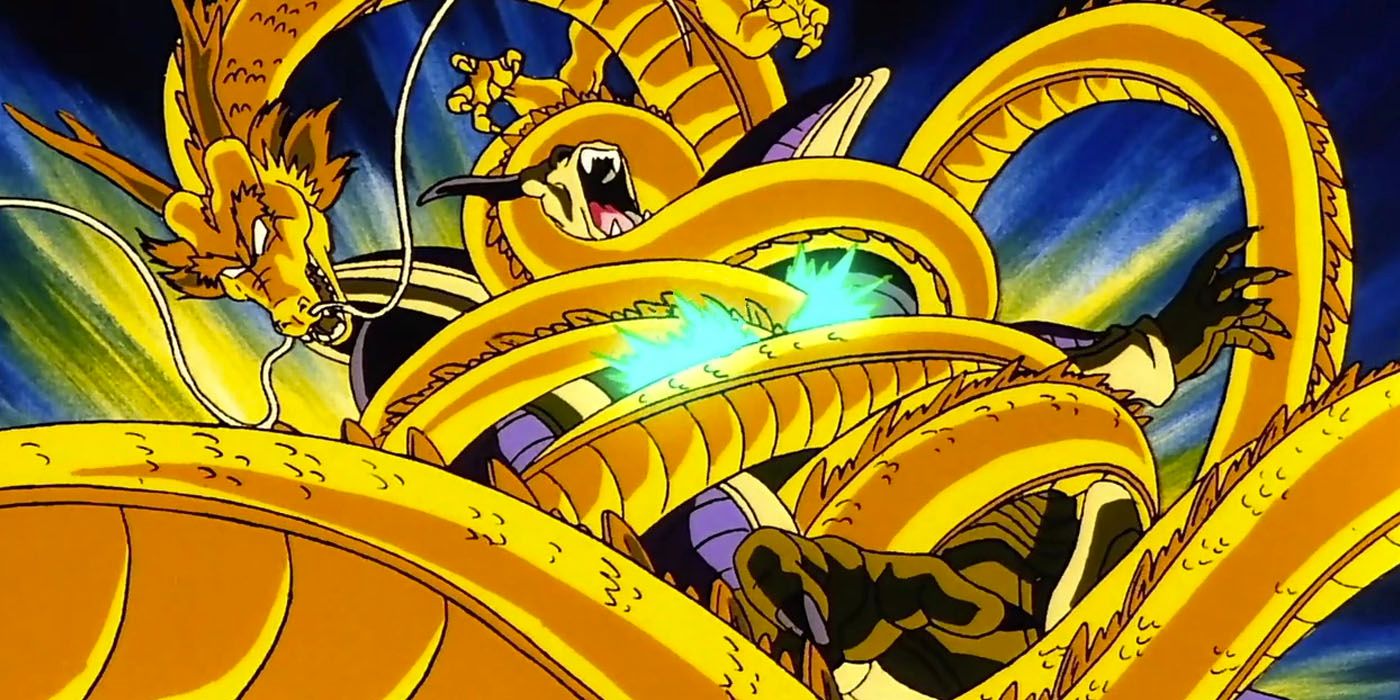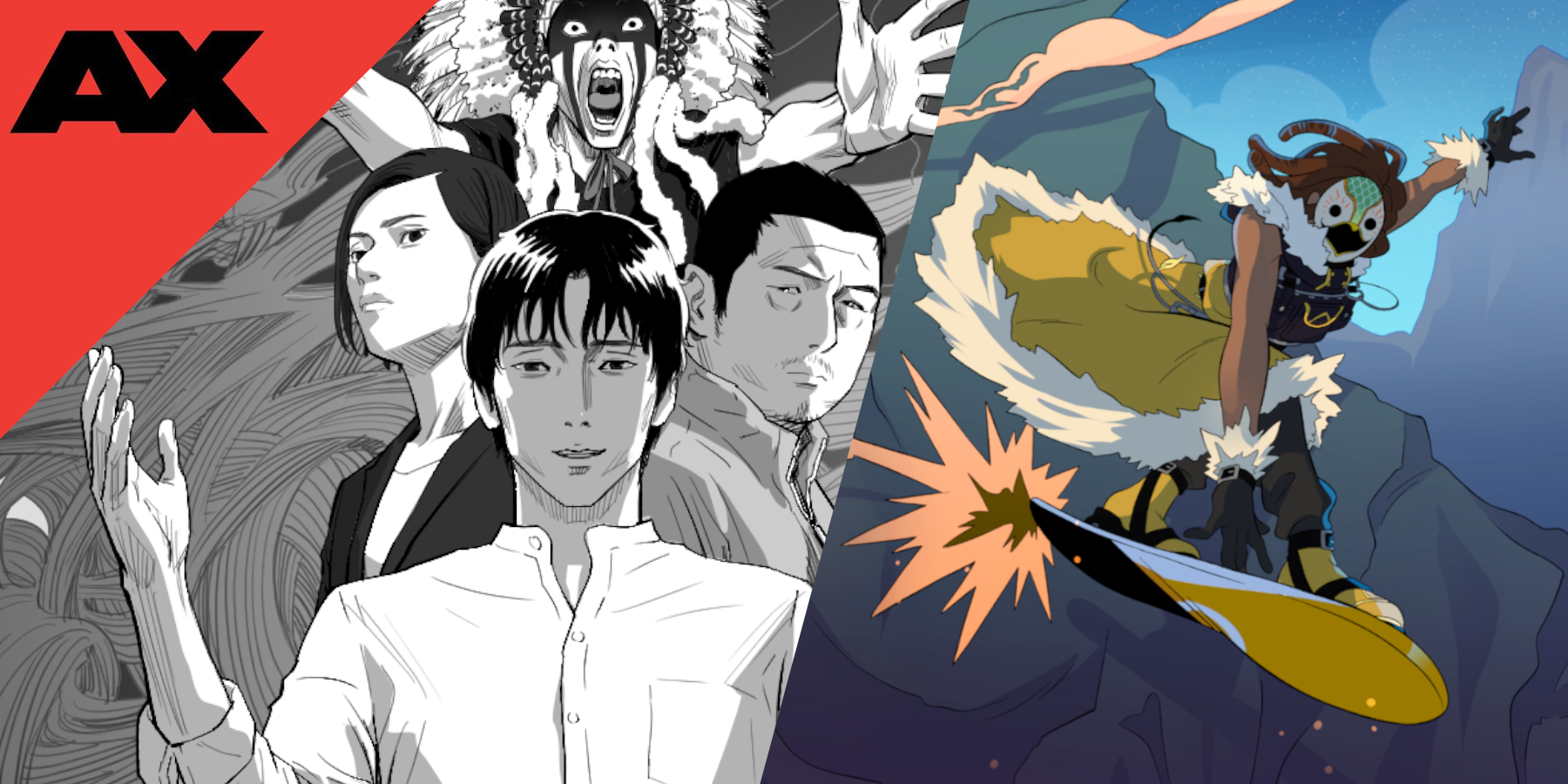Over the past decade, vertical-scrolling webcomics, known as “webtoons,” have become some of the most popular mass media both in Asia and around the world. When publishers, creators, and executives from some of the most popular webtoon series and platforms visited Anime Expo last week, the resulting panels and discussions about this new media presented at a careful matrix between popular entertainment among anime fans: print or digital (and more); Korean and Japanese (and more); manga or webtoon (and, or, neither).
How exactly did webtoons come about, why are they so popular, and how do they interact with (or against) mainstream Japanese manga? The amount of history, trivia, and considerations in play when understanding these new mediums feels hardly any less long than the vertical comics themselves—or hardly any less long than the line to get into Anime Expo.
Digital Comics and the Rise of the Webtoon Medium
At a panel in the morning at Anime Expo, titled “Horizontal to Vertical,” a roundtable of executives and creators from several major manga and webtoon publishers gathered to discuss the history and style of the webtoon format. Representing Webtoon (the platform for webtoons, formally known as Naver Webtoon), Yen Press, Tappytoon, and Tokyopop discussed the history of the medium from an early-2000s novelty to a major pop culture phenomenon.
In the early 2000s, comic artist and major “theorist of comics” Scott McCloud coined the term “infinite canvas” comics to describe a new potential for graphic storytelling in the internet age. Because a comic on the internet isn’t bound by the limitations of a print page, the ability to direct the reader’s attention in any direction could provide a wealth of new storytelling opportunities not possible. While such an overhaul redefinition of comics for the internet hardly played out in such a sophisticated or experimental manner, the ease of use afforded with vertical scrolling became particularly popular, over a decade later, on smartphones.
This is where the story particularly comes to focus in Korea—where “webtoons” are traditionally associated with the same way that “manga” is in Japan. As the financial situations in much of East Asia were precarious in the late 90s and early 2000s, many comic fans in markets like Korea were attracted to internet story sharing over the costly purchasing of manga or the sporadic nature of lending or sharing books. Because the idea of reading comics online became especially attractive in these circumstances, the trend of webcomics eventually synergized with an emphasis on the scroll-based format and created the “webtoons” that we know today.
Webtoons—How the Format Affects the Feeling
The specifics of “manga,” “webtoon,” and “comic” can form a sort of venn diagram right at a cultural and technological crossroads that are a bit hard to fully plot out in writing. Lot of really abstract concepts to describe comics? Let’s just focus on the more practical element of how the physical act of scrolling, usually formatted explicitly for a smartphone, affects the flow of the story. As David Lee, VP at Naver’s Webtoon described at Anime Expo, “the phone is like a cinematic canvas.” When the reader scrolls through each panel, the sense of singular movement can place webtoons a bit closer to other forms of media that are more reliant on time and movement, like videos.
Those sentiments were shared by Tony Weaver Jr, creator of ongoing webtoon series The UnCommons, produced with the POC-run new media company Weird Enough Productions and with over 600k views on Naver’s North American Webtoon platform. In a discussion at Webtoon’s ninth-anniversary booth at Anime Expo, Tony cited influence from the anime series Eureka Seven from the legendary action-focused Studio Bones, in developing his comic’s sense of action, noting that the movement is highly linked with the sense of user involvement that comes through the physical act of vertical scrolling. The “verticality” of webtoons can also be apparent in the way the stories themselves are presented—some comics like Hellbound specifically use the scrolling to make their action feel dynamic, while Tower of God’s titular motif is portrayed through scrolling so as to create a sense of space.
Influence of—and differences from—Webtoons and Traditional Manga
Naver’s platform for webtoons in Japan is known as Line Manga, and many of the made-in-Japan webtoons on that platform are thought of simply as manga. While “manga” is in some instances a general catch-all term for comics in Japan, certain stylistic hallmarks tend to be apparent in a lot of popular Webtoons—whether made in Korea, Japan, or anywhere else. Whereas manga is famed for only using color in the cover of its tankobon collected volumes and relegating the interior of the comic to a stark contrast of black and white art, webtoons often have color as one of their main components, often creating gradients for the spaces between vertical panels as well as lushly distinctive color pallets, such as in Hand Jumper, the high-school-and-college project of the artist Sleepacross that has casually garnered over 15 million unique views across its various episodes. Likewise, those who look at a lot of manga and webtoon art will often notice how many webtoons’ art styles are often a bit more realistic and muted than the intensely styled expressions—particularly with eyes—that are a common hallmark of manga.
In terms of their modern overlap with other mediums, webtoons remain popular with cross-platform synergy. Naver’s Webtoon platform has hosted licensed stories on everything ranging from DC Comics to Assassin's Creed. The 2020 anime Tower of God was animated by the Japanese studio Telecom as an adaptation from the Korean webtoon, and in 2022 the original Science Saru anime Yurei Deco received an original webtoon adaptation on Line Manga. In the fields of anime and manga that are so heavily tied to the specifics of Japanese production, webtoons are a means for adaptation and experimentation with similar art and stories, across platforms, from creators anywhere in the world.
All of the technical details going into webtoons ultimately help to serve their actual content; getting stories out to fans of comics. As Tony of The UnCommons rounded out, “At the end of the day, it’s just stories. A story is a story. No matter what medium you’re telling it in.” And as long as the stories stay good, the medium is sure to stay at the top.




